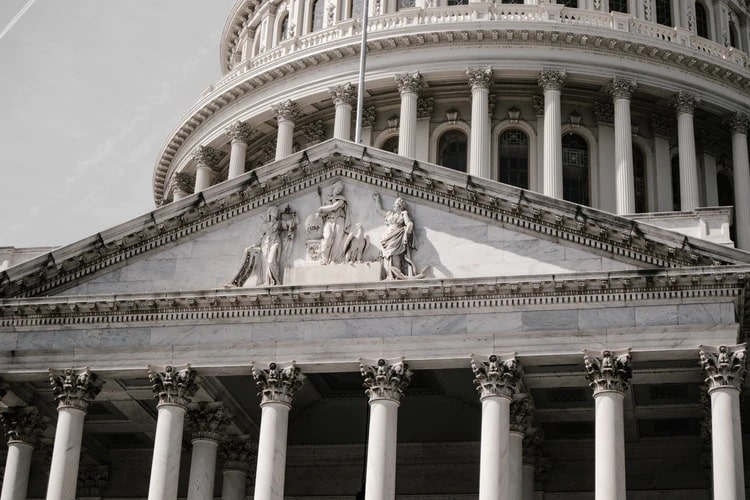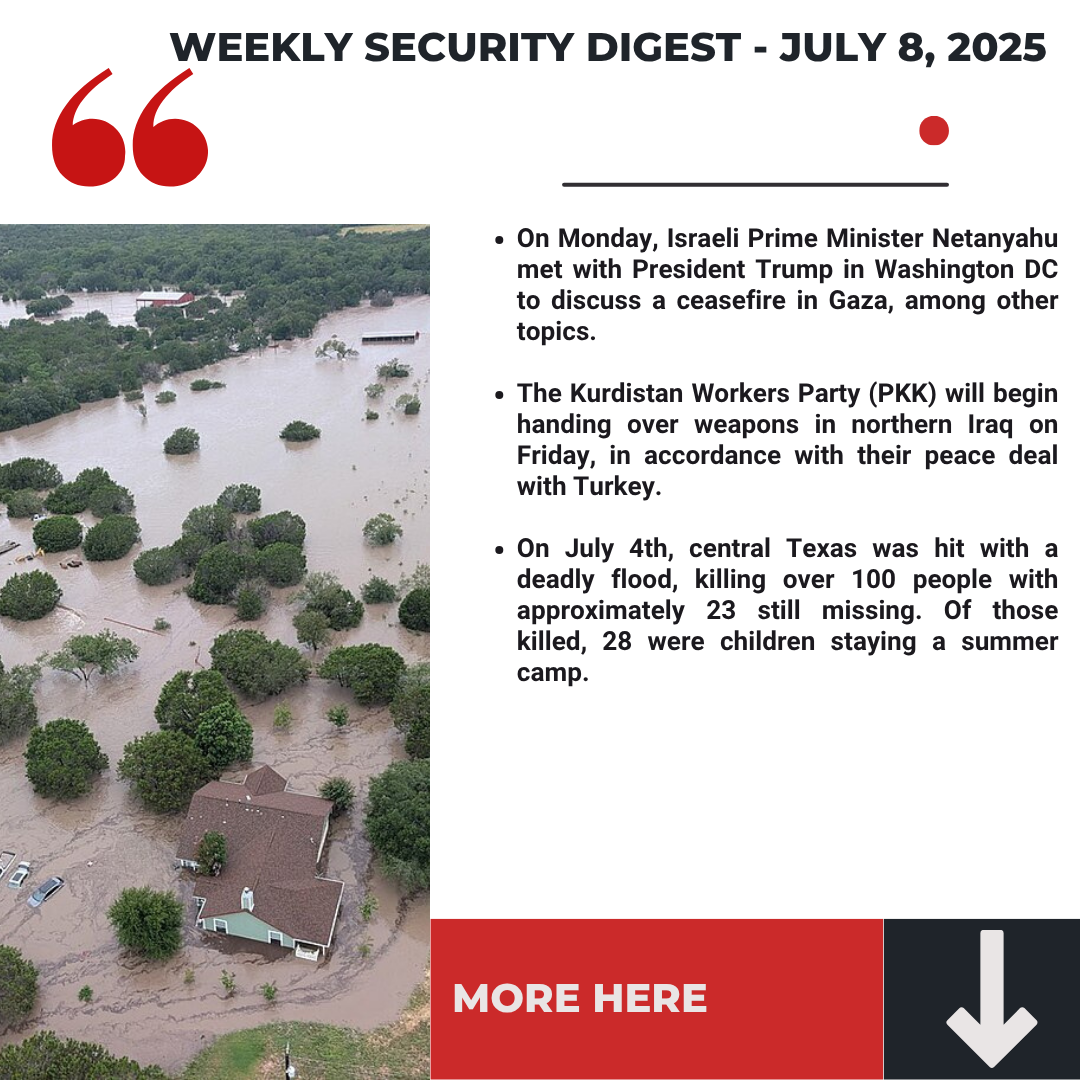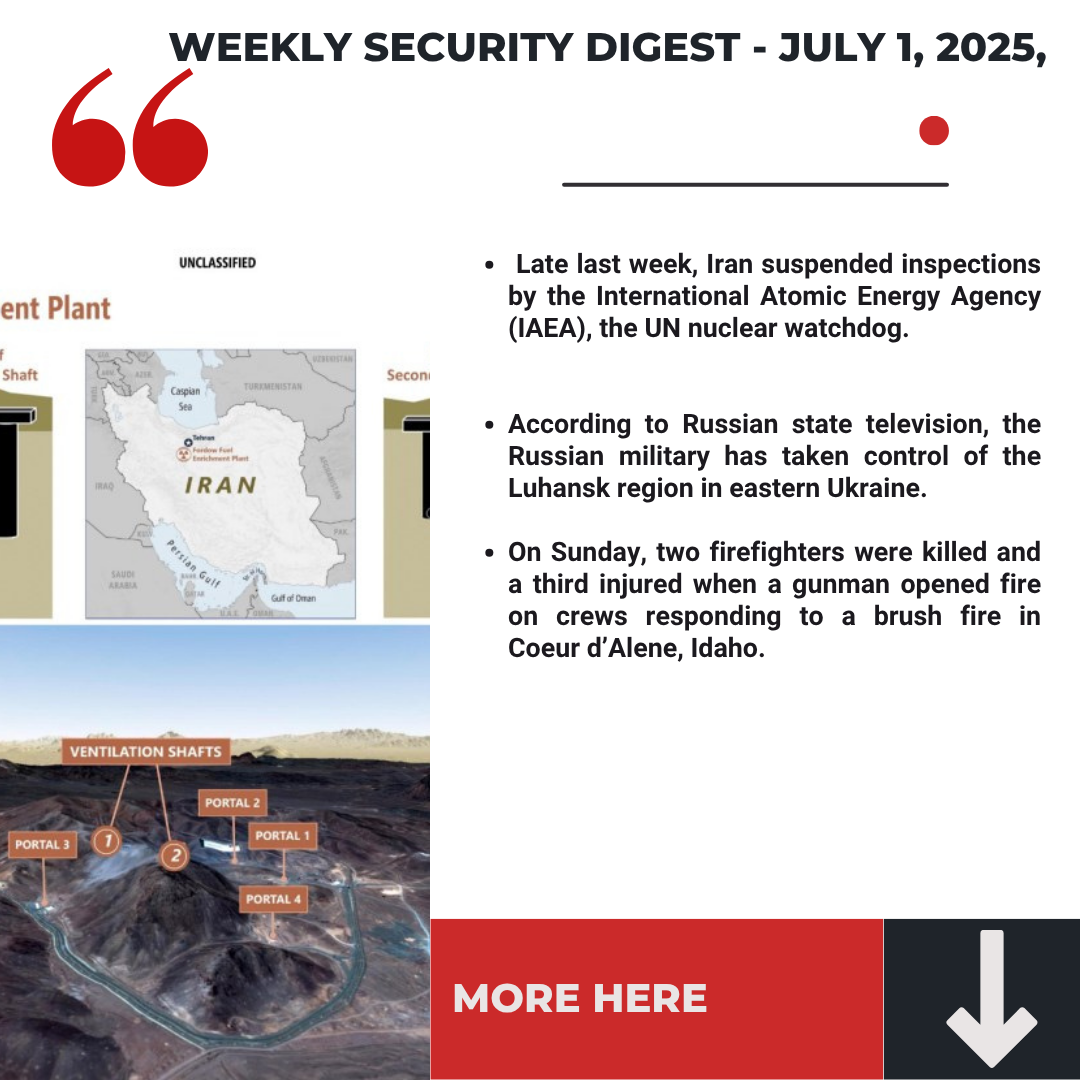Just as lawmakers were entertaining re-opening the Capitol Hill to the public, a man named Noah Green caused everyone to have second thoughts – rightfully so. On April 2, Green perpetrated an attack on the perimeter of the Capitol, ramming into two officers at a security barrier with his car, then getting out and lunging at them with a knife. Green was shot, but William “Billy” Evans, an 18-year veteran of the Capitol Hill police force, died from his wounds.
The incident, about three months after the notorious Capitol Hill riots in January, has opened up not-so-old wounds and again brought the discussion of Capitol security to the forefront.
The Feeling of Insecurity at the Capitol
After the January 6 riots, the failures of Capitol Hill security became painfully apparent. Warning signs were ignored, there was no backup, and too many points of entry could not be secured once the main entrance had been compromised.
These severe failures led to the resignation of several top security officials, including former Chief of the U.S. Capitol Police Steven Sund, former Senate Sergeant-at-Arms Michael Stenger, and former House Sergeant-at-Arms Paul Irving.
The lapse in security also led House Speaker Nancy Pelosi to create a task force to review the security of Capitol Hill. Led by Retired Army Lt. Gen. Russel Honoré, the task force produced a report that recommended adding at least 1,000 U.S. Capitol Police officers to the current force of about 2000, establishing a quick reaction force, and building an integrated system of walls and fences around the complex.
Security vs. Living in Fear
Following the January 6 riots, razor wire fencing was placed around the perimeter of the Capitol as a temporary solution. Despite task force recommendations for making the fencing more permanent, parts of the temporary structure were removed in late March. The rush to take down the fence came from the desire of lawmakers to return to normalcy. Many, on both sides of the political spectrum, did not like the idea of turning the Capitol into an armed fortress.
The latest attack has shown lawmakers that some sort of compromise must be reached between securing the premises and not being holed up in a fortress. Many are calling for further review of Capitol security measures after the incident. Democratic Rep. Tim Ryan of Ohio, chairman of a House spending committee that oversees Capitol security, said the committee will review the issue of the fence as well as the needs of the Capitol Police.
Stalling is Dangerous
One possible solution put forth by Honore’s task force is a system of mobile fencing that could be easily put up and taken down. This could provide a heightened level of security to the complex without the feeling of a fortress.
Adding reinforcements to Capitol Police can also bolster security. In fact, following the car ramming and the death of Billy Evans, the head of the Capitol Police union, Gus Papathanasiou, demanded that Congress implement the task force suggestion to add more than 1,000 officers. He pointed out that in five years, 500 officers will be eligible for retirement and younger officers are already speaking about leaving the force. A new influx of officers is necessary to provide adequate security.
Stalling on implementing these security measures is the main danger the Capitol faces now. If we’ve learned anything in the past three months, it’s that the unexpected must be expected. Lawmakers need to move swiftly to implement task force recommendations. At this point, the necessity of security outweighs desire for a more open space.
To find out more, please reach out to info@interforinternational.com





